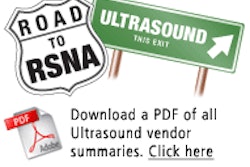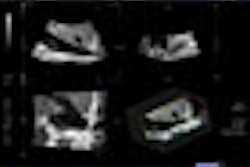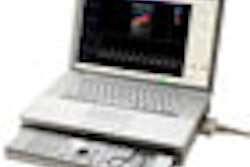
(Booth 1144) At the 2007 RSNA meeting, Hitachi Medical Systems America of Twinsburg, OH, will showcase its HI Vision 900 scanner, which began shipping in the past few months.

The technique calculates strain-ratio measurements, and can compare two user-defined regions of interest (ROI) and calculate the difference in stiffness between them. The company believes the technique has clinical utility across many applications, such as breast, thyroid, musculoskeletal, and prostate imaging.
HI Vision 900 also offers acquisition techniques such as Hitachi's high-definition tissue harmonics feature, which uses both harmonic and subharmonic frequencies to increase tissue penetration, and dual-gate Doppler, which enables the acquisition of two Doppler signals simultaneously from different sampling points.
HI Vision 900 was shown last year at the RSNA show as a work-in-progress, but is now commercially available. All features and products associated with the system have U.S. Food and Drug Administration clearance, according to Hitachi.



















